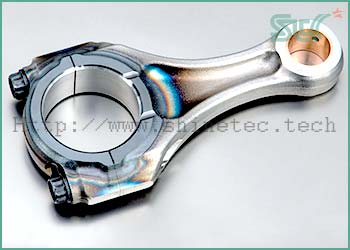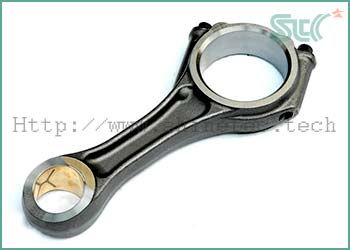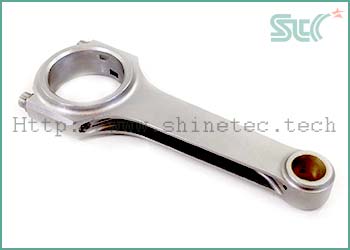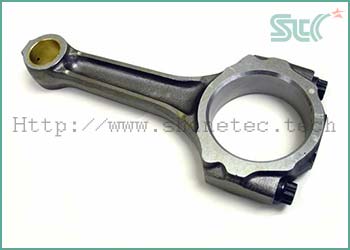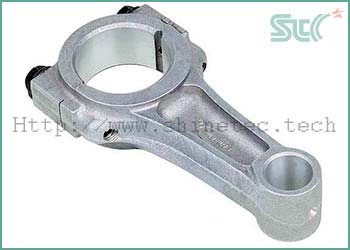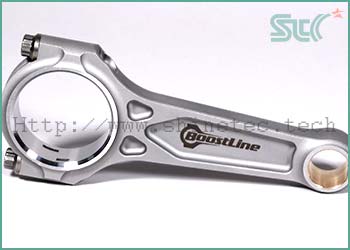Deburring,deflashing,descaling,polishing method of fuel injector, nozzle, plunger coupling of precision automotive parts
How to deburr, descale, finish and polish the injector nozzle, plunger coupling of automotive parts?
Injector needle valve, injection pump plunger, and delivery valve are precision machined parts that are important components of the fuel system of automotive diesel engines. They are mainly made of carburized steel and high-speed steel made of high-hardness alloy materials. Although the current precision CNC machining lathes are very accurate, some burrs and scales will inevitably be generated during the annealing, cutting, drilling processes of needle valve body or plunger. As a result, the finishing and polishing process of the product surface is particularly important. In this case, we will share a process technology and method for automated and efficient deburring, descaling, polishing and brightening of precision mechanical parts such as plungers, needle valve bodies, and needle valves in diesel engine injection pumps and injector parts. This finishing process solution is also suitable for deburring, descaling and polishing of precision machined parts of other metal materials.
- jerrylu
- 2024-06-03
- 0 Comments
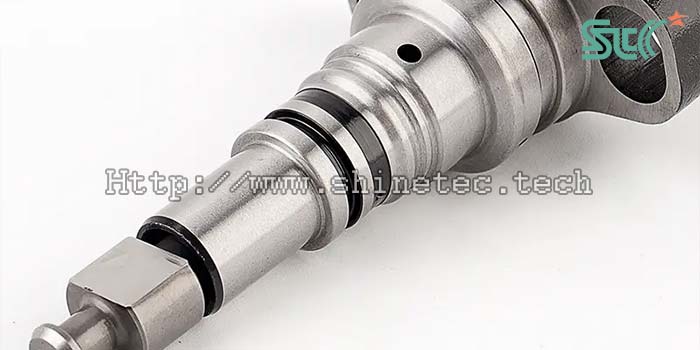
1. The fuel injection pump,nozzle,plunger coupling,valve before polishing
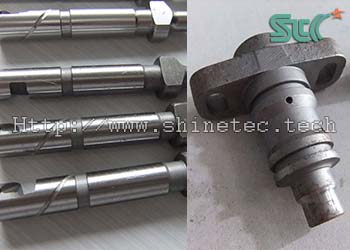
Materials:
alloy carburizing steel, high speed steel
Appearance:
burrs and oxide scale on surface
Shape:
special-shaped column
Size:
D6*70 MM
Pre-polishing process:
machinning
Post-polishing process:
assembly
2. Finishing and polishing requirements
- deburring,descaling
- smooth surface,no burrs and oxide scale
3. Polishing process details of fuel injection pump,nozzle,plunger,valve of precision automotive parts
| Process steps | (1) deburring,descaling of rough finishing | (2) brightening of fine polishing | (3) centrifugal spin drying |
|---|---|---|---|
| Machines and equipments | centrifugal barrel finishing machine | centrifugal barrel finishing machine | centrifugal spin dryer |
| Speed | highest | highest | highest |
| Tumbling media | angle cut cylinder ceramic media | straight cut cylinder porcelain media | no |
| abrasive media to workpiece | 4:1 | 6:1 | no |
| Chemical compound | finishing compound | polishing compound | no |
| Water | appropriate amount,the liquid level is 30mm above the abrasive media | appropriate amount,the liquid level is 30mm above the abrasive media | no |
| Polishing time | 15 minutes | 30 minutes | 5 minutes |
| Remark | parts separated and picked up automatically, rinsed with water | parts separated and picked up automatically, rinsed with water | centrifugal spin drying |
4. The fuel injection pump,nozzle,plunger coupling,valve after deburring,descaling,polishing
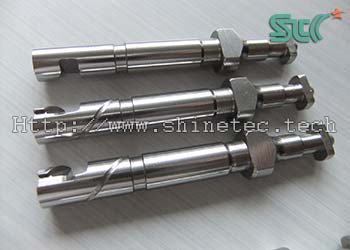
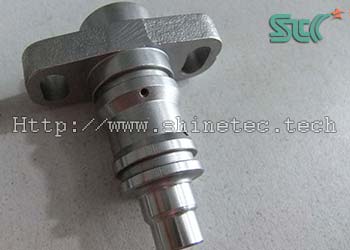
5. Additional instructions
-
There is a shallow oxide layer on the surface of the pinion needle valve, and the burrs on the edge of the cutting surface at the bottom of the cylinder are also relatively slight. The process requires that the dimensional accuracy of the product should not be affected after polishing. Therefore, the time for deburring and removing oxide scales should not be too long. so the polishing machine uses a centrifugal barrel finisher. Small-sized angle cut cylinder ceramic tumbling media are used for coarse finishing. The sharp angle of the ceramic deburring media can reach into the grooves and corners to remove burrs and oxide layers.
Fine polishing uses precision polishing media without cutting force straight cut cylinder high-density porcelain polishing media, which has a high density and has a polishing and brightening effect, can further reduce the surface roughness. - In order to improve the anti-rust performance of the product after water treatment, after fine polishing, use a centrifugal spin dryer to dehydrate and dry the moisture on the inner and outer product surfaces.
6. Final summary
- In this case, we demonstrated the process of automated deburring, descaling, finishing and polishing of the precision automotive component, such as a fuel injection pump, nozzle, plunger coupling,needle valve of diesel engine parts.
-
If you need professional technical support for deburring, descaling and polishing of precision auto parts, diesel engine fuel injectors, plunger coupling or other precision mechanical parts, you can refer to the above cases:
Auto parts deburring
Precision auto parts deburring
Precision machined parts deburring
Fuel injector polishing deburring
Methods for deburring fuel injectors
Plunger parts deburring
Plunger sleeve deburring
Valve core deburring
Valve body deburring
Valve block deburring
Needle valve body spray hole deburring
Valve body polishing
How to polish valve core
